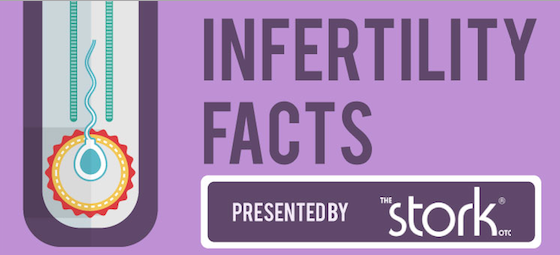 Photo: Getty Images
Photo: Getty Images
Many people don't realize the female condom exists. It's a thin, flexible plastic tube worn inside the vagina during sex.
The cervix is covered by a soft ring at the closed end which holds it inside the vagina. At the open end of the tube is another ring which stays outside the vagina.
The female condom creates a barrier against the mingling of blood, semen and saliva. This helps guard against pregnancy and sexually transmitted infections, including HIV.
There are a few types of female condoms. The FC1 has been in Europe since 1992 and in the U.S. since 1993. The FC1 is made of a plastic called polyurethane.
The FC2 has been available in the U.S. since 2008. The FC2 is made of a latex-free synthetic rubber called nitrile.
The VA w.o.w. Condom Feminine, also called the VA, is made of latex, with a rounded triangular frame at the open end. The closed end contains a sponge that keep it inside the vagina.
While the VA is lubricated it contains no spermicide. Oil-based lubrication will damage the latex.
The VA has been used in South Africa, Brazil, Indonesia and Portugal. Its eventual sale in the U.S. is dependent on approval from the United States Food and Drug Administration.
The female condom comes in one size. It's already lubricated and you'll get an extra bottle of nonspermicidal lubricant with it. For more lubrication, use a vaginal lubricant like K-Y jelly.
The female condom can be put in place up to eight hours before sex, affording greater flexibility to lovemaking. It can also be used as a dental dam during oral sex by removing the closed end and cutting down the side.
The success rate of female condoms is 75 to 95 percent. But if it slips out of place during sex, it's no longer effective, so it's imperative that you stop right away.
Remove the condom carefully so any sperm stays inside. You'll need to use a new one if you want to continue.
The female condom has no hormonal side effects and will have no adverse effect on your fertility if you want to have a baby later. It's safe for people who are sensitive to latex.
On the downside, the female condom is noticeable to both partners, and it may move during sex. It may be noisy or feel less than comfortable.
If you're tempted to use a male condom as well thinking it will offer greater protection -- Don't. It won't make sex any safer and will detract from the experience.
Resources:
Global Campaign for Microbicides: Female Condom
http://www.global-campaign.org/female-condom.htm
Female Condoms
http://www.youngwomenshealth.org/femalebarrier1.html
fwhc.org: Female Condom
http://www.fwhc.org/birth-control/femalecondom.htm
The Female Condom
http://www.avert.org/female-condom.htm
Visit Jody's website and blog at http://www.ncubator.ca and http://ncubator.ca/blogger






Add a CommentComments
There are no comments yet. Be the first one and get the conversation started!